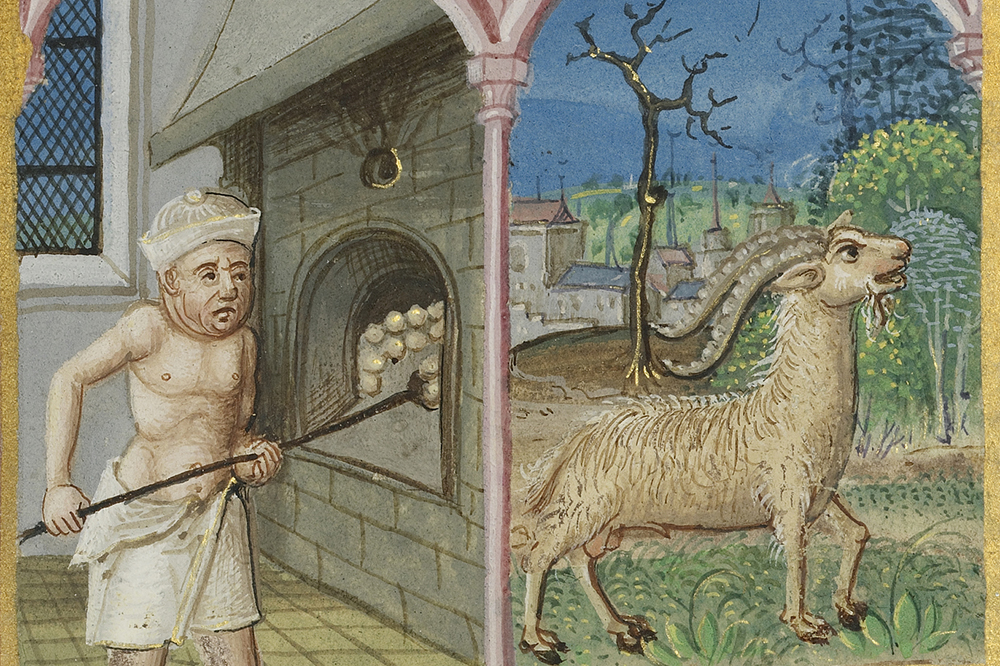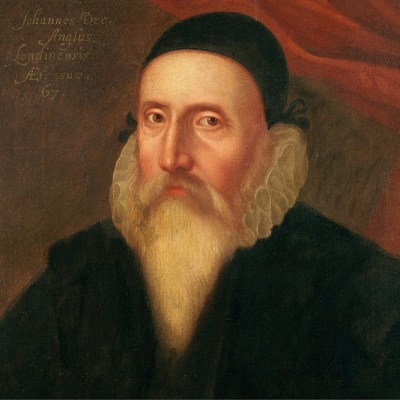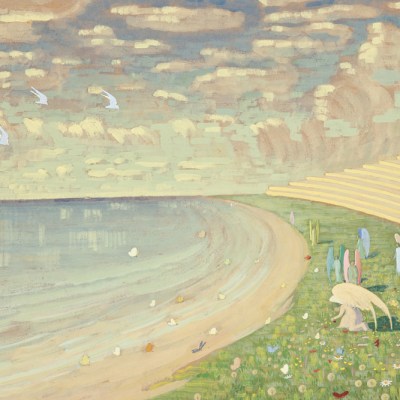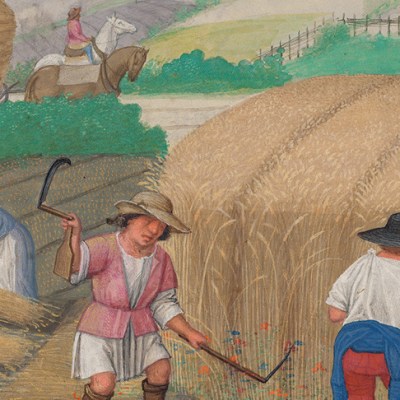Astrology, though ridiculed by some today, has a long and storied lineage. It is thought to have originated in Mesopotamia in the 3rd century BC, before spreading to India, Hellenistic Greece and making its way in the Middle Ages to the Islamic world, from where it filtered into Europe through scholars of Arabic. In medieval Europe, the changing positions of celestial bodies was thought to influence everything from weather to health, and astronomical observation was used to decide when to practise bloodletting, move house, plant certain crops and more. In the latter Middle Ages, most noble courts employed astrologers to predict future events and advise rulers on military and diplomatic strategy. The Getty is displaying manuscripts – many of them European books of hours, psalters or scientific works – from its own collection that show detailed astrological diagrams as well as elaborate early depictions of the signs of the zodiac (1 October–5 January 2025).
Find out more from the Getty Center’s website.
Preview below | View Apollo’s Art Diary
Diagram for Sunday (shortly after 1464), from the manuscript Miscellany: Anatomical-Physiological Description of Men (Ms. Ludwig XII 8), produced in Ulm or Augsberg, Germany. © 2024 J. Paul Getty Trust

December; Baking Bread (early 1500s), from Strasbourg Book of Hours (Ms. Ludwig IX 16). © 2024 J. Paul Getty Trust

The Creation of the Sun, Moon, and Stars (c. 1250–60), from Northumberland Bestriary (Ms.100 (2007.16)). © 2024 J. Paul Getty Trust




